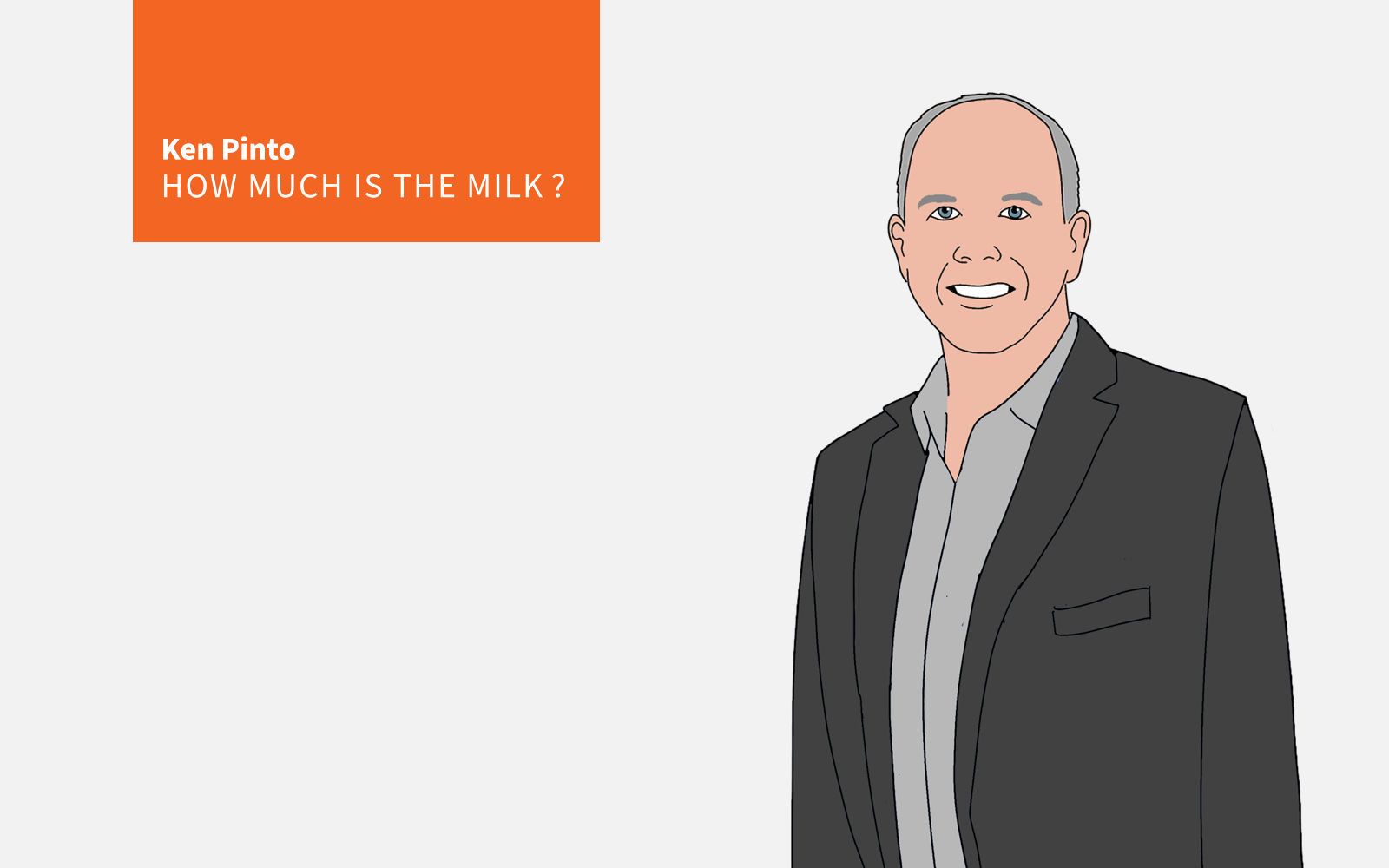Products
Here's Why Kitting - A Tool Too Many Builders Forgot - Reboots
Ken Pinto's field-guide to an underused supply chain strategy to secure the build cycle time ... at a time construction schedules have been so massively disrupted.

[Editor's Note: A year ago, after lumber prices already skyrocketed, and COVID-19's pandemic impacts throttled container ship transport, and a crazy winter storm put Texas' petrochemical capacity into a prolonged deep freeze, Ken Pinto saw the writing on the wall. His educated guess last March was that builders' essential supply chains were broken, and would take longer than a year to recover. He was right then, but what happened next is that root-cause chokeholds – think Panama Canal blockage, an extended period of unemployment coverage, surge after surge of COVID variants, Russia's invasion of Ukraine, etc. – kept rearing their heads, and builders' supply chain woes have risen practically to Saturday evening cocktail party small talk status across America. Ken's prescience is just that. He was eating, sleeping, breathing these issues and challenges in 2017, and 2018, and 2019, ... i.e. before COVID even disrupted construction cycle times. His focus here on Kitting, an almost indispensable strategy to secure any kind of managed start-to-completion build cycle, gets at what builders and their partners can and must do, whether times are relatively good, or horrifically problematic. It gets at the core of doing the business better by working together in a single envelope of trust and competence. We're honored to host Ken's insights at The Builder's Daily. Here's his wisdom on Kitting, an innovation in process whose lineage traces directly back to Kaufman & Broad founder Eli Broad.]
We are all struggling to get our houses built on time. Our subcontractors, material distributors, manufacturers, and the trucks linking them, are stretched past their limits. I want to share one idea that I discovered a homebuilder could do to increase production capacity.
The strategy, once commonly used by homebuilders, is like trapped institutional knowledge. These days, applying it takes boldness. Tradition can be a powerful magnet. Breaking with typical conventions to create new processes feels a lot like swimming upstream. That’s what I encountered as I began my own discovery of kitting.
As I write in my book, How Much Is The Milk?
Kitting refers to assembling a group of materials together before sending them to the job site, creating a package with all the electrical parts needed to rough wire a house, for example. Or putting all the HVAC parts together on a pallet or two. These include parts that come from multiple manufacturers, and while typically procured separately, they can come from the same distributor or sometimes various distributors.
The separate parts are often sold to subcontractors in case quantities, forcing the subcontractor to keep an inventory so they can break down cases and allow the tradesmen to pick out the material they need for the day, hoping they dont' forget anything. As for kitting operations, though, the distributor puts all the parts for one single home on a pallet. The installer doesn't have to think about it.
As previous episodes of our story make clear, this discovery actually began earlier: visibility to unit pricing of materials labor, followed by several iterations of asking our trade partners, “what it was we do that costs you money?” After those two essential steps, other opportunities presented themselves. I started spending more time in my distributor’s warehouses, witnessing for myself how they "pick 'n pack" for each order. I watched. I listened. I asked questions.
As our distributors came to realize I was genuinely looking for mutually beneficial solutions to production capacity, they clued me in about kitting.
In no time, it was clear that entrusting suppliers to deliver ready-to-install kits magnified the production capacity of both installers and the supplier. Further, as an unintended byproduct of the time and effort I spent with them on their turf listening and trying to roadmap a process that would work better for them, I learned this: When partners get a true feel that their business needs and interests matter, they'll willingly give you a better price.
Typically, manufacturers sell truckloads of products to distributors, who sell pallet loads to wholesalers, who sell case quantities to our installers. This process requires inventory management at every stage, which costs time and money.
While investigating how to shave days off our construction cycle time, a worker quipped that if the materials aren’t there, it doesn’t matter if he shows up on time or not. That’s when I realized that kitting could entice installers to arrive at the job site on time, every time. The consistent accuracy of kitting proved effective in reducing cycle time and lowering costs.
So many times, an installer has to go back to the site to finish up because he didn’t have all the materials he needed. Kitting solves go-backs caused by material shortages.
Some of the most straightforward kits are rough electrical, finish electrical, light fixtures (including chain, cords, etc), door hardware,
Less wasted time managing inventory and less opportunity for the installer to forget to bring something to the site is a simple way to increase construction operations optimization.
An example of kitting in play; the electrician shows up at a house at 6:15 am, a pallet of ready-to-install products arrives at 6:30 am, the products he needs first are on top, and he hits the ground running. No going back to the shop to get something. No coming back tomorrow because he forgot one of the bath fans. 100% complete, and the job is ready for the next trade. Now the following tradesmen are better poised for success.
The kitting process compelled our installers to show up on time, every time, and finished faster than expected. Powerful.
Discover for yourself how kitting can save your suppliers and installers time and money and watch your cycle times go down.
Join the conversation
MORE IN Products
How Precision Can Shave Time From Homebuilders' Build Cycle
Sales may be priority No. 1 right now. And that needs to be bolstered by virtually flawless operations. Boise Cascade’s SawTek gives builders speed, savings, and first-time-right quality when it matters most.
In Uncertain Times, Capability Investment Is A Survival Tool
Boise Cascade’s $140M mill improvements reflect a long-game commitment to builders under pressure from volatility, costs, and customer hesitation.
Margins Tighten, Value-Add Matters In Construction Supply
Even as overall construction supply revenues inch upward, Webb Analytics’ deep dive into the $600B pro channel reveals a shifting reality: declining unit volume, cautious outlooks, and strategic bright spots in value-added manufacturing and service partnerships.
